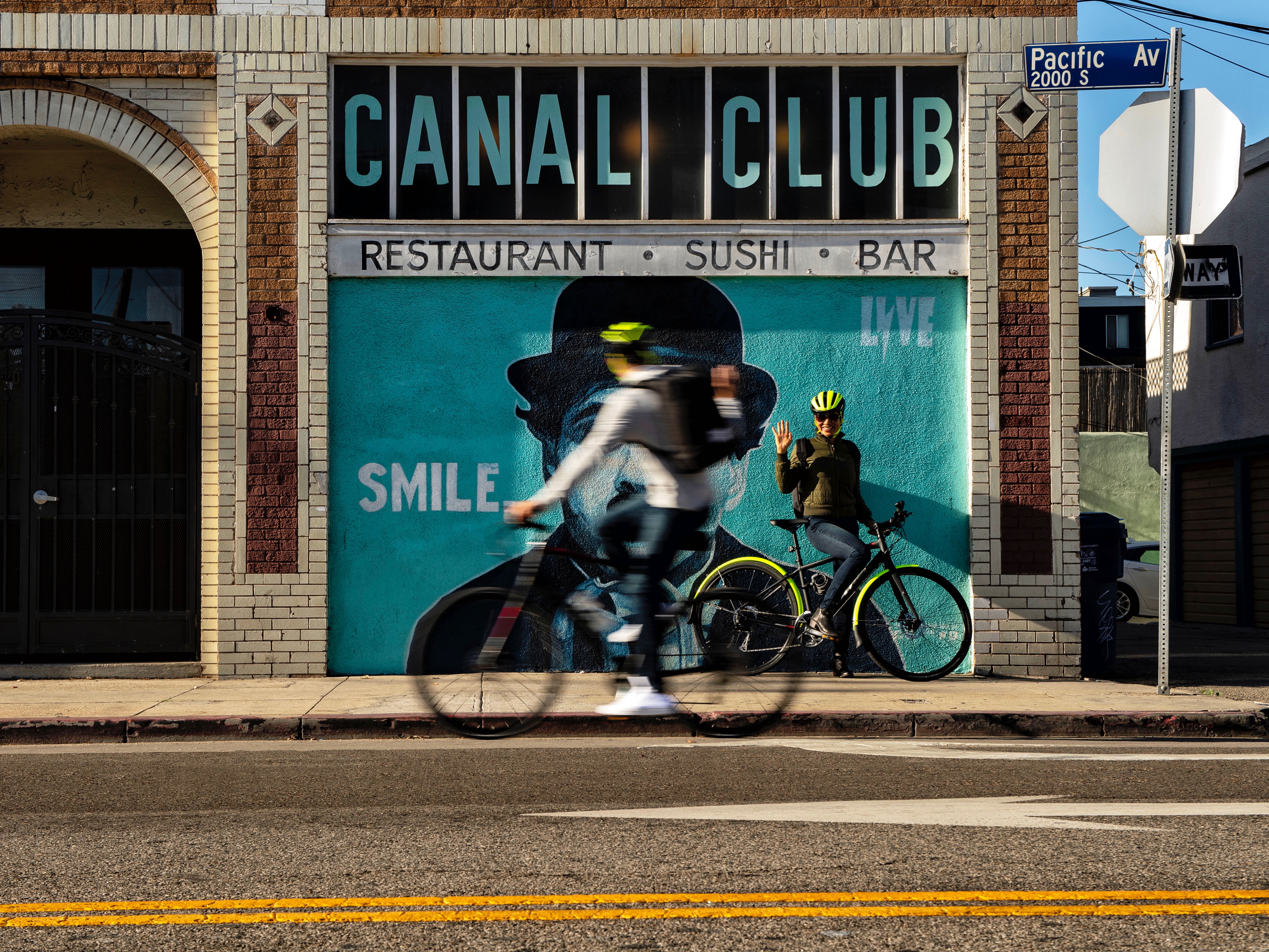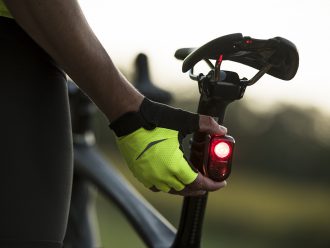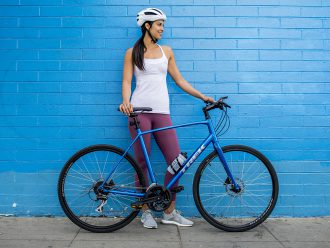Across the US and the world, more and more people are choosing to go by bike instead of taking cars or public transportation.
This bike boom has started to positively shift the way that cities think about cycling infrastructure, too. City officials are cordoning off lanes and even closing streets to make more space for bike lanes, and there’s hope among cycling advocates that improvements like this will become permanent.
More people are cycling during COVID-19. That matters.
Outside Magazine
Cleaner air, quieter streets, more people riding—there’s an opportunity here for cities and cycling advocates willing to grasp it.
Thinking of buying a bike? Get ready for a very long wait.
The New York Times
The United States is facing a shortage of bicycles as anxiety over public transportation and a desire to exercise has sent the demand surging.
The pandemic could make cities more bike-friendly—for good
Popular Science
Cities are creating “slow streets” to enable social distancing and prevent surges in traffic when they reopen.
How cities are clamping down on cars
BBC
Cities around the world are seeing dwindling numbers of fossil-fuel powered cars on their streets during lockdown, and many are planning to keep it that way.
Cities are transforming as electric bike sales skyrocket
The Verge
Returning to a car-dominated city after the pandemic lockdown is ‘out of the question’.
One way the coronavirus could transform Europe’s cities: More space for bikes
The Washington Post
When residents of Europe’s major cities finally emerge from weeks of lockdowns later this month, they’ll be met with at least one enduring change from the pandemic: miles and miles of new bike lanes.
Mapping how cities are reclaiming street space
CityLab
To help get essential workers around, cities are revising traffic patterns, suspending public transit fares, and making more room for bikes and pedestrians.
The car is like a virus, says urban planner but this is one pandemic that politicians can prevent
Forbes
Let me introduce you to Austrian civil engineer Dr. Hermann Knoflacher. This urban planner once led the Institute for Transport Planning and Technology at the Vienna University of Technology.
London’s mayor turns to cycling to solve transit’s coronavirus problem
Bloomberg Green
To get London moving again, the city’s mayor wants to drastically increase space for bicycles and pedestrians, measures that could permanently transform the capital.
Wary of public transport, coronavirus-hit Americans turn to bikes
Reuters
Add fear to the list of reasons people ride bikes.
Cities going the extra mile
‘Stay Safe, Stay Active’ SLC opens streets to pedestrian and cyclist traffic
KSL News Radio
Salt Lake City is closing additional streets to allow for more pedestrian and bicycle traffic on Friday.
City of Oakland, CA
The COVID-19 pandemic is changing many aspects of how we live, move about our cities and get essential physical activity. The City of Oakland is launching Oakland Slow Streets to support this new way of life.
Seattle will permanently close 20 miles of residential streets to most vehicle traffic
The Seattle Times
Nearly 20 miles of Seattle streets will permanently close to most vehicle traffic by the end of May, Mayor Jenny Durkan announced Thursday.
Milwaukee begins closing streets to through traffic to provide more space for walking and biking
Milwaukee Journal Sentinel
Milwaukee has begun closing low-volume streets to through traffic temporarily to allow for more room for walking, running and cycling.
Three streets designated for pedestrian traffic indefinitely: Garden, Harvard and Magazine
Cambridge Day
Effective the week of June 15, Cambridge plans to close three streets to regular traffic at all hours, making them “shared streets” with reduced vehicular traffic intended for walking as well as use by cyclists.

About the Author: Trek
Our mission: we build only products we love, provide incredible hospitality to our customers, and change the world by getting more people on bikes.



